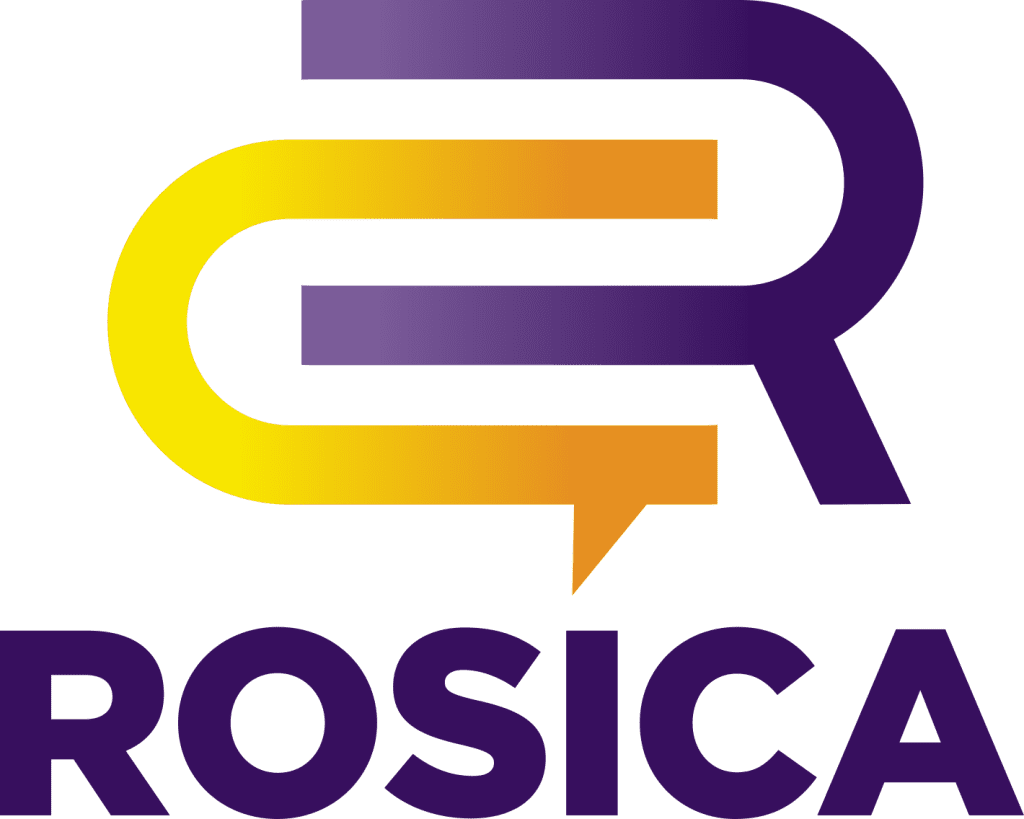This article is part of a series of writings we’ll be posting to our blog that are excerpted from The Authentic Brand by Chris Rosica. This book explores, in depth, how authenticity impacts awareness, credibility, reputation, and brand perception for B2B, B2C, and nonprofit organizations.
Cause-related marketing is one of the most important and powerful marketing tools in the strategic practitioner’s arsenal, regardless of whether they work for a for-profit or nonprofit. Cause marketing or cause-related marketing is a practice wherein a for-profit business partners with a not-for-profit organization for mutual benefit and high-impact marketing outcomes.
In our years of experience in public relations and brand-building, we have seen time and again that cause-related marketing builds customer loyalty and goodwill. It also improves employee morale and dedication, inspires others to get philanthropically and communally involved, and attracts considerable media coverage. The media loves human interest stories, and cause marketing campaigns have these in spades – emotional storytelling elements that can impact your organizational objectives.
Embracing a Cause Makes Good Business Sense
Today, corporations and nonprofits are forming mutually beneficial strategic alliances. The nonprofit organization benefits from increases in awareness, in donations, and in volunteerism. Meanwhile, corporations infuse a philanthropic agenda into their marketing strategy, which results in more than just advantageous media attention.
Did you know that only 10 to 15 percent of charitable giving comes from corporations? Individuals remain the biggest givers. However, the cause marketing trend is becoming so much a part of today’s corporate culture that companies are not just encouraged but also are expected to “give back.” Without having embraced a philosophy of corporate social responsibility, they are held under public scrutiny. Alternatively, companies reap public relations rewards when they are seen as championing environmental, cure-finding, education, social (human) services, or human-rights causes.
An excellent glimpse into the power of cause marketing is the story of the Bill and Melinda Gates Foundation. Microsoft founder Bill Gates used to boldly exemplify an industrialist who was thought of as a greedy corporate giant. He had become the world’s richest man while building Microsoft into the leading software company internationally, but in the 1990s, the entrepreneur who was once praised as a rags-to-riches success story was now viewed as a villain.
Gates found himself the target of accusations that his company was ruthless in achieving global dominance. Microsoft was accused of such outrages as “unfair competition,” “predator pricing,” and wielding “monopolistic power.” As Bill Gates found, success breeds contempt. Realizing that businesses will do well by doing good, the entrepreneur counterattacked by reinventing his public image as that of a philanthropist, a brilliant business-saving strategy.
In 2000, Gates and his wife created the Bill and Melinda Gates Foundation “to help reduce inequities in the United States and around the world.” Today, it is the largest charitable foundation in the world, and Bill Gates is no longer seen as a greedy corporate giant but rather is recognized as one of the nation’s top philanthropists.
As Gates would tell you, cause marketing is more than simply donating a percentage of your company’s profit to charity. It has a profit motive that even the freest of free-market libertarians can embrace. Cause marketing positions a social agenda as a platform for a marketing campaign. While corporate social responsibility may focus on doing good for the sake of doing good, cause marketing is distinct as it focuses on doing good as a means toward doing well.
Successful Cause Marketing Builds Sales
Companies are realizing that, for a marketing campaign to succeed, the company must clearly demonstrate what is in it for the end-user and de-commercialize the commercial message. It must take the sales out of the sales pitch.
Cause marketing does just this. It convinces a consumer to buy a product or use a service without directly pitching the product or service. By leveraging the public’s desire for companies to engage in socially responsible behavior, companies that use cause marketing find that it is a form of subliminal messaging. Consumers would much rather buy the products of a company that they perceive as unselfish. Since Bill Gates started his foundation, Microsoft is now considered a good corporate citizen.
In a textbook public relations program that is still used as a case study in university marketing classrooms today, our firm worked with Famous Amos to develop grassroots media events, a spokesperson tour, and a strategic cause-marketing tie‑in with Literacy Volunteers of America to tell the brand’s story and maintain visibility.
Snack Food Magazine called this effort “a truly classic public relations campaign… one of the most successful campaigns in the history of the food business (the program Rosica Communications created and executed).” When the brand was purchased in 1998 by Keebler, The Famous Amos brand, which began and operated for decades without an advertising budget, was valued at approximately $200 million.
By selecting a charity about which you are passionate, cause-related marketing can be emotionally and economically rewarding. It is a way to build a business that parallels your personal and corporate values and beliefs. If your cause also resonates with your target audience, your activities will create tremendous goodwill and media attention.
Whether championing an environmental cause, mentoring those in need of hope, supporting literacy, or being community involved, successful entrepreneurs have closely identified themselves with charities about which they feel strongly. This commonality has helped our clients connect with loyal customers and create a cachet surrounding the products and services each represents. Perhaps most important, these efforts have gone a very long way toward creating goodwill and generating measurable positive impact.
Cause Marketing is Authentic
For any cause-related marketing program to be successful, it must be authentic.
As Wally “Famous” Amos once said, “You have to advocate the cause and support it through your actions. When I started Famous Amos, we started promoting literacy. We had a small section in our store where anyone could read to kids. I got involved in promoting literacy because I think a business should be used for the greater good, and to give back to the community.”
Proving it with action defines the success of your cause-related marketing endeavor. Our collaboration with Wally is an example of “do good as a means to doing well” by developing an authentic mutually beneficial relationship between Literacy Volunteers of America and Famous Amos. This classic cause-related marketing case study has generated measurable positive impact in this world and has been used as inspiration for other businesses to do the same.
Look for more excerpts from The Authentic Brand and The Business of Cause Marketing by Chris Rosica on our blog in the coming weeks.
Chris is president of Rosica Communications, an award-winning national PR, digital marketing, and integrated marketing communications agency that specializes in the nonprofit, education, and healthcare sectors.

